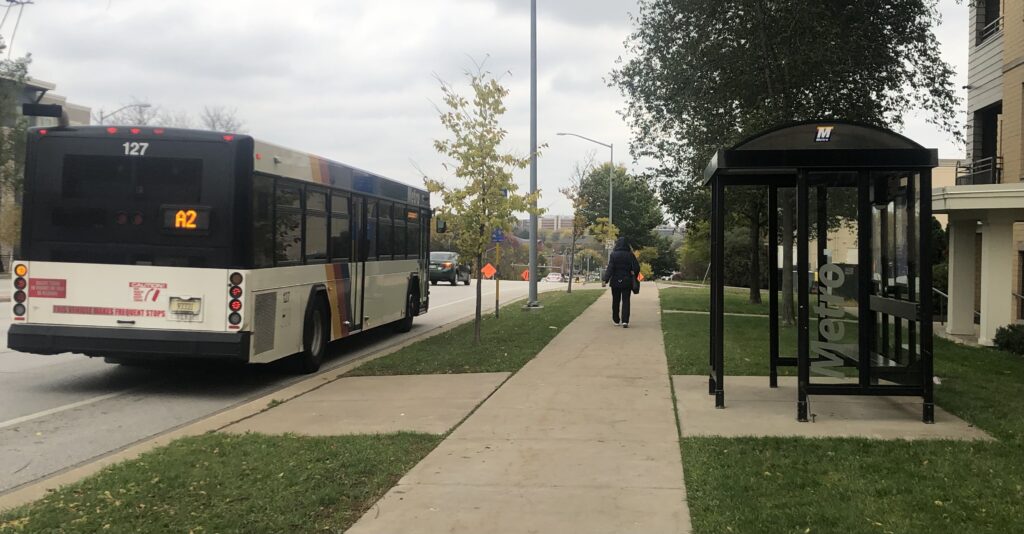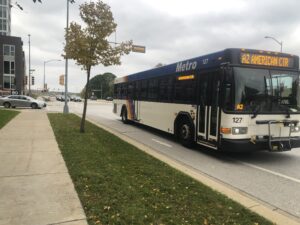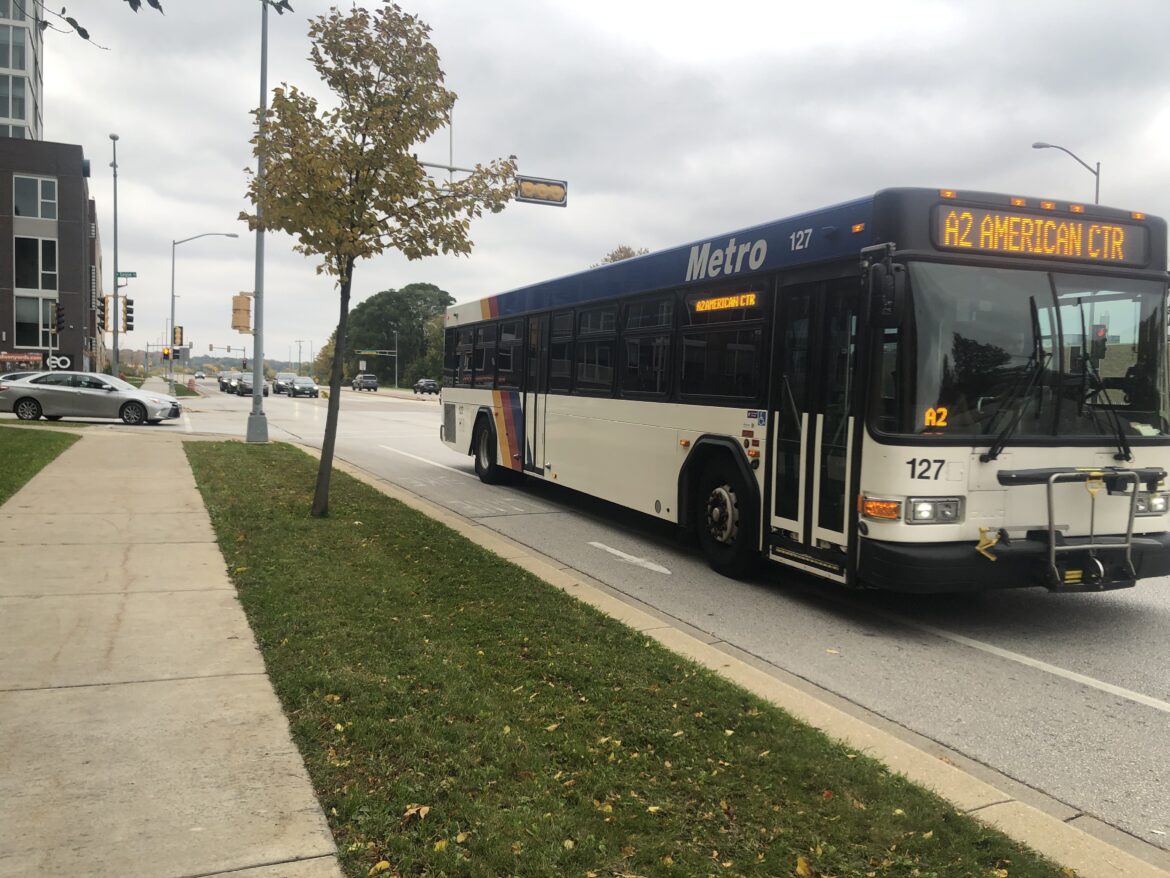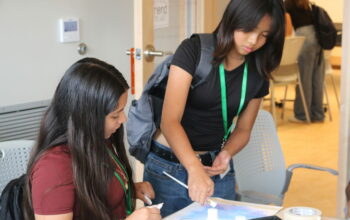Des, 17, relies on Metro Transit to get to Operation Fresh Start, a nonprofit on Milwaukee Street where he builds houses and does garden work as a participant in the diploma and work experience program.
But since the Metro Transit route redesign launched in June, Des, who has been identified by his first name because he is a minor, has seen a decrease in the number of buses he can take to get there from his home on Madison’s East Side.
“Before (the redesign), I could take five buses to get to Operation Fresh Start on time, but now there are only three that I can take,” Des said. “I have to wake up at 6 a.m. now, but before I was able to wake up at 7 a.m. and could make lunch, get my siblings ready to get on the school bus, do my routine. I don’t really have as much time to do that anymore as I’d like.”
Madison’s bus system had not received a major update in 23 years. That changed in June, when the Metro Transit network redesign decreased the number of routes and reduced the reach of buses to provide more regular service and fewer transfers. The redesign is intended to work in tandem with the East-West bus rapid transit route that is planned to launch in late 2024.
Since the new system went into effect in June, issues such as delayed rides and overcrowded buses have arisen, and some residents have had to walk further to reach bus stops than they used to. But ridership has also increased, and Metro Transit is planning updates based on feedback and performance, with one update already put into place in August and another planned for December.
Metro Transit identified improving service for underserved communities as a project goal of the redesign, yet some Madison residents still raised concerns about the potential negative impact of the new routes on older and disabled people. Increased distances between homes and bus stops could be a challenge for this population, especially during the colder months when there is snow and ice on the sidewalks.
Meanwhile, a Title VI service equity analysis published in October 2022 found that the redesign would benefit most populations, including low-income groups and people of color. Such equity analyses are required by the Federal Transit Administration when major service changes are implemented to adhere to Title VI of the Civil Rights Act of 1964, which prohibits bodies receiving federal financial assistance from discriminating on the basis of “race, color and national origin.” The analysis also stated that while seniors would benefit from the redesign, they would benefit less than the rest of the population as a whole.

Now, almost four months into the redesign, the changes have been met with mixed responses.
According to Metro Transit General Manager Justin Stuehrenberg, the estimated ridership increase for September is in the 15% to 20% range.
“I think things are going better than we anticipated,” Stuehrenberg said. “Not perfectly, but people are responding by actually using the system, and that is an indication that it’s working as intended.”
The increase in ridership has also posed challenges. “Between construction and higher than anticipated ridership demand, our schedules are pretty out of whack, and so we’re having issues with delays and overcrowded buses,” Stuehrenberg said.
Metro Transit worked with the city’s public libraries to ensure that they had sufficient resources to assist people in adapting to the new system.
“We have had some people share complaints with us, but they’ve been far fewer than we expected,” said Rachel Davidson, a community engagement librarian at Sequoya Library in Madison’s Westmorland neighborhood. “There are definitely people who aren’t happy with the redesign but it’s not dozens and dozens, and I’ve also had people saying the new routes are better for them.”
Those who expressed dissatisfaction with the new system disliked the elimination of the transfer points, Davidson said, noting that she herself had found it easier to help library patrons who asked for help with bus routes when she could use the transfer points as a reference.
In the 2022 service equity analysis, a survey of people with disabilities indicated that a key concern regarding the network redesign was the elimination of bus stops in close proximity to their homes. The issue identified was the need to walk further and across streets, particularly for wheelchair users and in the winter months. Survey respondents also said that additional bus shelters, benches and other amenities would improve their experience while using the bus system.
Stuehrenberg acknowledged that the redesigned routes reduced access for older commuters since they tend to live in single-family neighborhoods, which now have fewer bus stops due to lower ridership, as opposed to high-density areas with more apartments.
“That was a very deliberate policy decision, not to favor one over the other,” but aimed to provide better service to higher-density, lower-income areas that are more likely to have residents of color, he said, “rather than continuing to kind of spread the peanut butter very thin across the entire city.”
The redesign has involved real trade-offs, Stuehrenberg recognized.
“This system is not better for everyone but I do believe it’s better for most,” he said. “It’s always difficult when you have a limited amount of resources to make decisions, but what we’re seeing now is that people are voting with their feet, right? They’re using the system.”
Schedule adjustments will go into effect in December to address any continued issues, and Metro Transit will continue to review feedback, ridership numbers and performance. Additional adjustments to the system will be made in March 2024.






